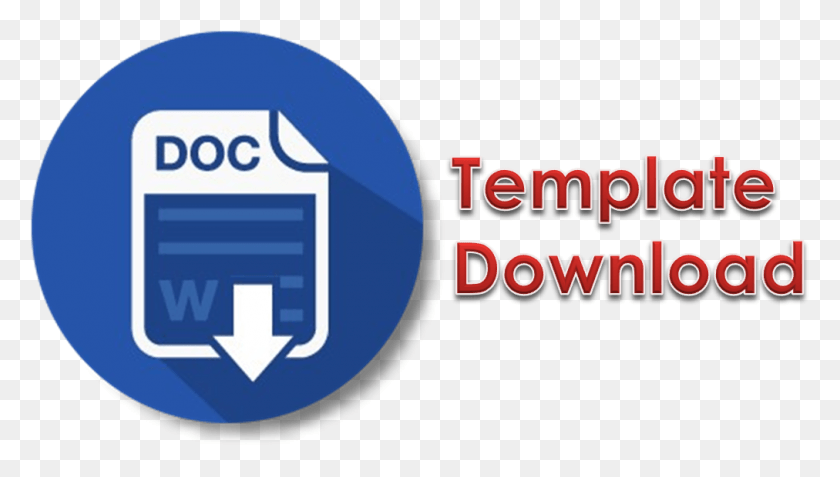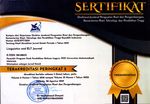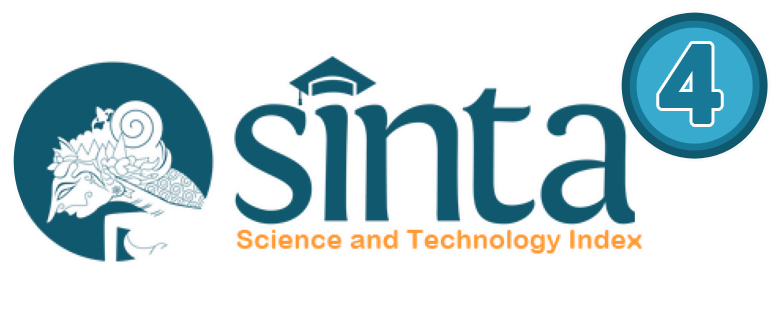Semantic Analysis of Translation on Bilingual Children Story Books
Abstract
English has an important role in the world. Many parents try to introduce English to their children as early as possible. One way is to introduce bilingual children's story books as a medium for learning English at home. Therefore, it is necessary to control the quality of bilingual storybooks so that children can learn vocabulary properly and easy to understand and can use it in basic communication.The purpose of this study is to determine the semantic accuracy of the Indonesian and English equivalents and to determine the suitability of Indonesian and English equivalents for use by children.The research design used was a qualitative research design. The type of research was content analysis. The subject of this research was linguistic semiotics, which was a bilingual books. This story book was taken at random. The object of this research was the meaning contained in the Indonesian and English texts. The data analysis technique used is the equivalent method using the CEFR assessment. The results show that there are equivalent and not equivalent meanings, various CEFR levels, inconsistencies translation, and word for word translation technique. The conclusion in this study is the equivalence of the meaning of Indonesian - English words is mostly achieved. Based on the CEFR level, it is found that the A2 level is mostly at the beginner or basic user level. However, it is also found that the English equivalents are not suitable for children or for beginners based on CEFR levels such as C1 and C2 levels. There are inconsistencies in translation from the source language to the target/target language. Most of the translation techniques use word for word techniques.
Keywords
Full Text:
PDFReferences
References
A.B. Tou, “The translatics of translation,” in Journal of Modern Languages, 18, 2008, pp. 15-40.
A.I. Khairani, “Pendidikan bahasa Inggris untuk anak usia dini,” 2011. digilib.unimed.ac.id
A.R. Farihatin, “Kegiatan membaca buku cerita dalam pengembangan kemampuan literasi dasar anak usia dini,” 2013. eprints.ums.ac.id/27023/
BHP UMY, “Hadapi Abad 21, bahasa Inggris mutlak dipelajari,” 2010. http://www.umy.ac.id/hadapi-abad-21-bahasa-inggris-mutlak-dipelajari.html
E.B. Hurlock, Psikologi Perkembangan Anak, Jilid 2. Jakarta: Elangga, 1993.
H. Kridalaksana, Kamus linguistik, Edisi IV, Jakarta: PT Gramedia Pustaka Utama, 2018.
I. Pamungkas, “Mensinergikan tri pusat pendidikan,” 2017. https://www.unisba.ac.id/index.php/id/printing/item/367-mensinergikan-tri-pusat-pendidikan
I.V. Sophya, “Pembelajaran bahasa Inggris melalui lagu pada anak usia dini,” 2013. paud tarbiyah.stainkudus.ac.id/files/Ida%20Vera%20Sophya.pdf
Kamus Besar Bahasa Indonesia (KBBI), 2018.
M. Manfredi, “Translating text and context: translation studies and systemic functional linguistics,” 2008. http://www.humaniora.sdu.dk/isfc2007/matthiessen.htm
N.R. Restuningrum, “Kapan sebaiknya anak Indonesia belajar bahasa Inggris?,” 2018. http://theconversation.com/kapan-sebaiknya-anak-indonesia-belajar-bahasa-inggris-99450
Soedjito, Kosakata Bahasa Indonesia, Jakarta: Gramedia Pustaka Utama, 1992.
DOI: https://doi.org/10.31764/leltj.v10i2.6513
Refbacks
- There are currently no refbacks.
Copyright (c) 2021 Linguistics and English Language Teaching Journal

This work is licensed under a Creative Commons Attribution-ShareAlike 4.0 International License.
_____________________________________________________
Linguistics and ELT Journal
p-ISSN 2339-2940 | e-ISSN 2614-8633

LELTJ is licensed under a Creative Commons Attribution-ShareAlike 4.0 International License.
_____________________________________________________
LELTJ is abstracting & indexing in the following databases:
_____________________________________________________
LELTJ Editorial Office:













